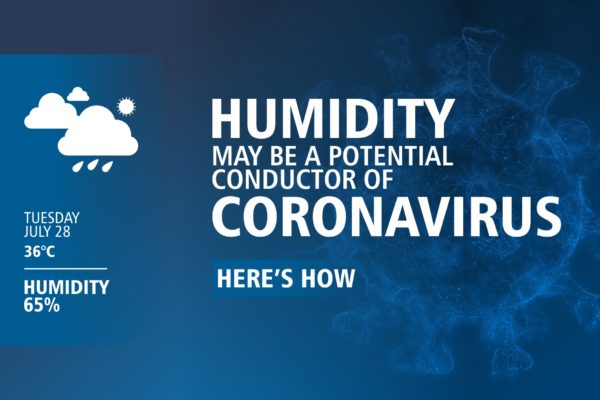Germs carry a bad reputation, and the reason is apparent. These microscopic organisms enter the body through mouth, nose, skin, wounds and privates, causing infections and sometimes lead to death. Pertinent question, are germs so evil or they do good too?
First, let us understand the four primary categories of these ubiquitous germs.
- Bacteria
- Viruses
- Fungi
- Parasites
Bacteria
Bacteria are single-celled organisms which can be only seen with a microscope. Disease-causing bacteria produce toxins that damage the cells.
Some of the serious troubles caused
- Urinary tract infections
- Ear infections
- Strep throat
- Food poisoning
Viruses
Viruses are smaller than bacteria. They are not a full cell rather a genetic material packed inside a protein coating. Viruses need a host (animal, person or plant) for survival. For example, viruses on the doorknob, toilet seats etc. will die in a short time if they don’t get a host. Once inside the body, they spread rapidly.
Few examples of sicknesses caused by them are:
- Cold
- Flu
- HIV/AIDS
- Coronavirus disease and related ailments
Fungi
Single-Celled or multicellular organisms which like the above two are not so dangerous for healthy humans.
Examples of infections caused by fungi are:
- Ringworm
- Fungal infection
Protozoa
These are single-celled organisms that often spread diseases through water. Some common examples of diseases caused by protozoa are:
- Malaria
- Diarrhoea
Do germs still have a good side?
A human body is home to an estimated 100 trillion good bacteria, many of which reside in gut and essential for survival. These good bacteria help the body to digest food, absorb nutrients and produce several vitamins in the intestinal tract such as vitamin B6, B12, folic acid, etc.
They protect the cells in intestines from invading pathogens and also promote the repair of damaged tissues. Most importantly, the good bacteria also protect against their dangerous relatives. They produce acids that cease the growth of bad ones as well as stimulate the immune system to fight them off.
Viruses, just like bacteria, also have a beneficial side to them. Some of them are capable of killing bad bacteria, while others diligently fight with more harmful viruses. Bacteriophages or phages are viruses that destroy specific bacteria. They are found in the mucus membrane lining the digestive, respiratory and reproductive tracts.
The viruses also evolve to be a solution for drug-resistant infections. Last year, a British teenager was cured by giving a genetically engineered virus. It is also said that viral infections at a young age ensure the proper development of the immune system.
The viruses hold the potential to cure cancer, correct genetic disorders and fight other pathogenic viral infections. In all, we feel that our understanding of the germs is mainly one-sided. There is a massive potential in this domain. The so-called bad germs-bacteria and virus can actually redefine the science of health!





